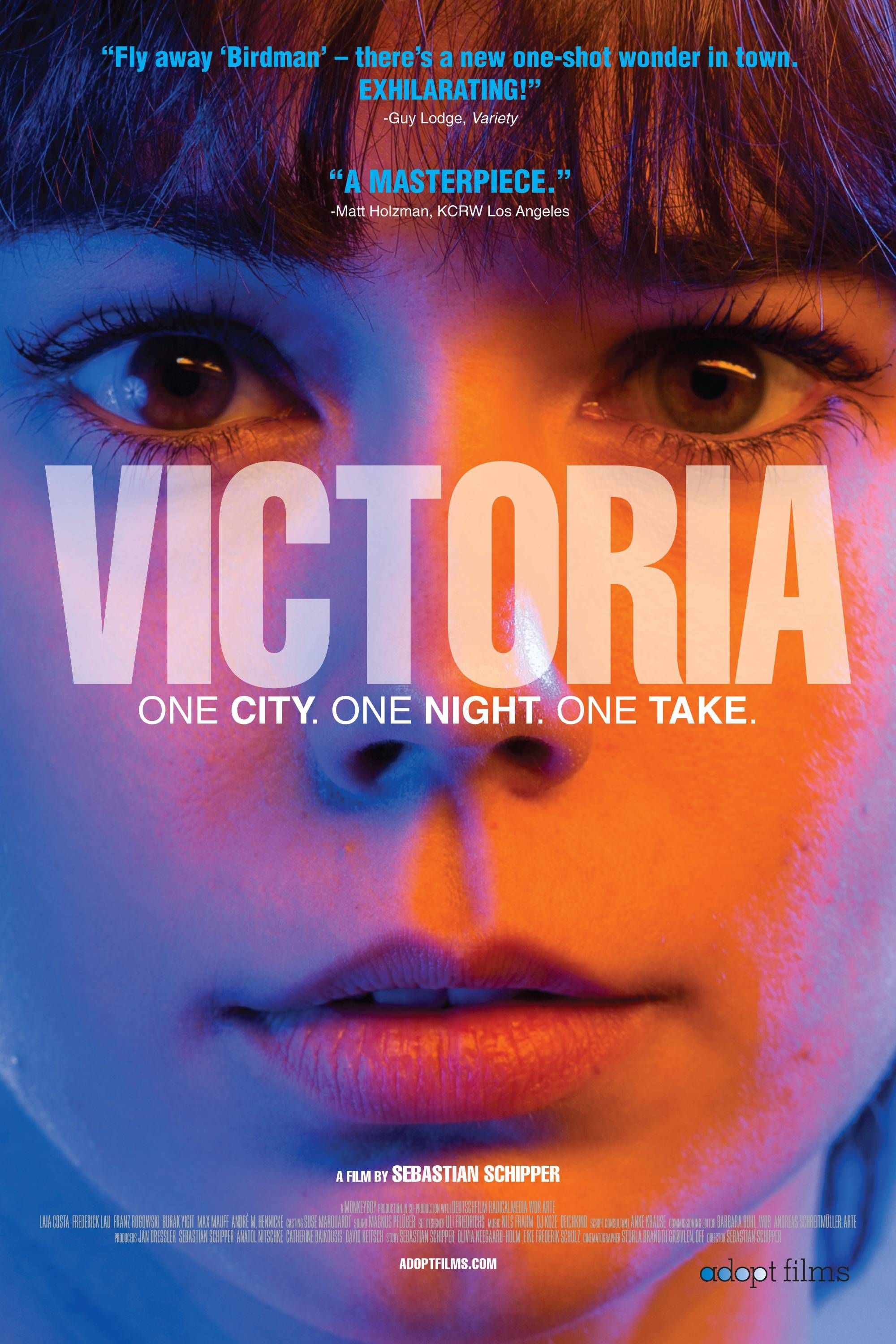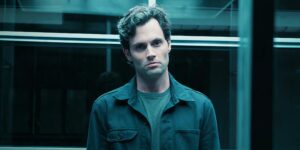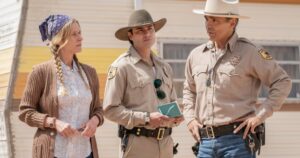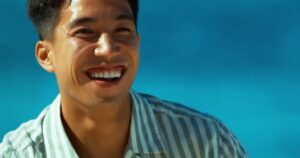10 Movies With Inventive Gimmicks To Watch if ‘Adolescence’ Knocked Your Socks Off
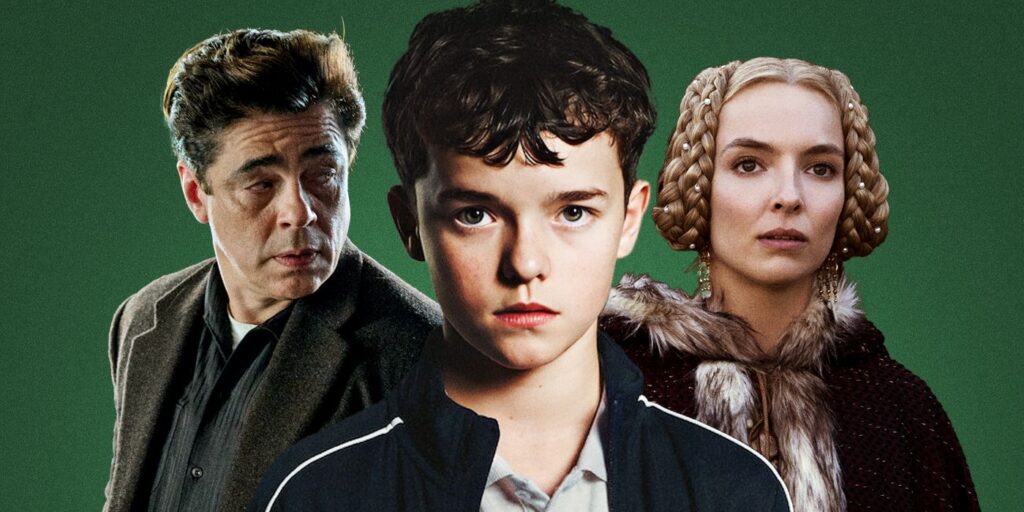
Adolescence has been dominating the cultural conversation since the miniseries was released on Netflix in March. The dark and confronting plot of the series is hitting home with viewers and the technical boldness of the series is also capturing audience attention. Each of the series’ four episodes is filmed in one uninterrupted take.
Long takes have been a flashy and appealing challenge for filmmakers for decades. But, where other projects are swallowed up in their pursuit of a gimmick, Adolescence manages to tell an engaging and nail-biting story while also succeeding in its technical aspects. There are myriad ways that filmmakers can experiment behind the scenes to create work that is engaging and fresh. Films like Victoria take the ‘one-take’ method to new heights, while others like The Revenant and No Sudden Move have more subtle, but equally impactful tricks up their sleeves.
10
‘Boyhood’ (2014)
Filmed over 12 years
Young Mason (Ellar Coltrane) lives with his divorced mother Olivia (Patricia Arquette) and his older sister Samantha (Lorelei Linklater). His dad, Mason Sr. (Ethan Hawke) lives in another city and stops in to visit his kids. Throughout Mason’s adolescence, he and his family experience a range of milestones, ups and downs. Olivia gets remarried, and while she and her kids blend families with her new husband and his family, Mason Sr. continues to visit and bond with Mason and Samantha.
Richard Linkleater’s Boyhood was filmed over the course of 12 years. Throughout this time, the actors portrayed the same roles and worked with Linklater to shape the direction of their characters. As a result, audiences were able to watch a story about kids coming of age and adults growing as parents in which the actors were really experiencing some of those same life milestones.
9
‘Hardcore Henry’ (2015)
Filmed from first-person POV
Henry awakens after a serious injury with no memory of how he came to be in the mysterious lab where he now finds himself. Only moments after he awakens, his wife Estelle (Haley Bennett) is kidnapped. In an effort to regain his memory and his wife, Henry starts looking for clues and fighting a lot of bad guys on the way.
Hardcore Henry is ambitious, chaotic and riotously violent. The Russian film is shot entirely from a first-person POV perspective, much like a video game. The action set pieces, fight choreography and stunt performances are impressive in their own right. But, when considering that these elements had to be designed and executed from a first-person perspective, it’s astounding that Hardcore Henry manages to look this good.
8
‘The Last Duel’ (2021)
One story told from three perspectives
In medieval France, the wife of a knight accuses a squire of rape. Marguerite (Jodie Comer) tells her husband, Jean de Carrouges (Matt Damon) that while he was away from the home, a friend of Jean’s, Jacques le Gris (Adam Driver) came to the home and assaulted her. Jean is concerned with his reputation more than Marguerite’s wellbeing, and challenges Jacques to a judicial duel.
Telling one story from different perspectives is hardly a new approach to screenwriting. Classic films like Rashomon solidified how engaging such an approach could be. But The Last Duel is an underrated example of this type of storytelling and how it can be used. Using multiple perspectives to depict a topic like sexual assault brings an appropriate level of complexity to a topic which is often dominated by ‘he said, she said’ accounts.
7
‘Memento’ (2000)
Story told in reverse
Leonard Shelby (Guy Pearce) is a former insurance agent who now spends his time as a rogue, private investigator. Leonard has amnesia and is unable to form new memories. But that hasn’t stopped him from investigating his wife’s murder. Leonard uses Polaroids, handwritten notes and tattoos on his body to keep track of his investigation.
Memento makes it clear that Christopher Nolan has always been interested in playing with structure and time mechanics in his films. Memento is told through two parallel timelines, one which travels forward and the other which travels in reverse. As these narratives unfold, viewers watch Leonard try to piece together his surroundings while also learning about what led him to this point. While some dedicated Memento fans have assembled alternate chronological versions of the film, watching it the way Nolan intended is the most effective way to enjoy the story.
6
‘Searching’ (2018)
Takes place within a computer screen
Single father David (John Cho) lives with his teenage daughter Margot (Michelle La). David’s wife passed away before Margot started high school and the loss has been challenging for the father and daughter to deal with. When David wakes up to find that Margot isn’t home, he calls the police to report his daughter missing. Detective Vick (Deborah Messing) is assigned the case, and while she investigates with the police, David does his own digging into his daughter’s disappearance.
“Screenlife” is the term for films which take place entirely within a computer screen. A handful of films have used this approach to tell their stories, but of those, Searching is the most successful. At times, having all the necessary information play out via computer screen can stretch credulity. But overall, Searching is creative, entertaining and the unraveling mystery isn’t overwhelmed by the film’s gimmick.
5
‘Russian Ark’ (2002)
Filmed in a continuous take at the Russian State Hermitage Museum
A French marquis (Sergei Dreiden) moves through the Winter Palace at the Russian State Hermitage Museum. As he wanders between rooms, he encounters vivid scenes throughout history, brought to life before his eyes.
A tour of the Winter Palace becomes a narratively experimental documentary in Russian Ark. The film uses a combination of artistic performance, reenactment and narrative devices to explore the Winter Palace in one continuous take. Russian Ark features a whopping 2000 cast members in period costumes, multiple orchestras and explorations of over 30 rooms within the palace.
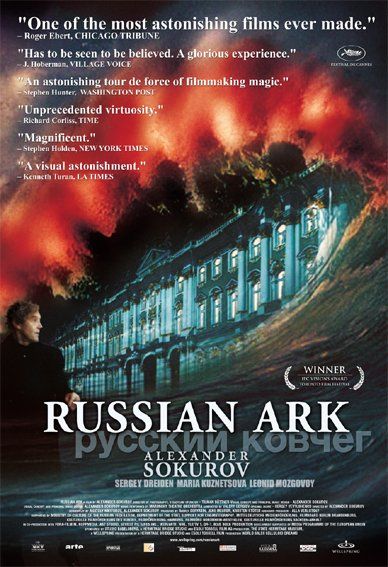
Russian Ark
- Release Date
-
April 19, 2003
- Runtime
-
99 minutes
4
‘The Revenant’ (2015)
Filmed using natural and candlelight
Mountaineer and fur trapper, Hugh Glass (Leonardo DiCaprio), lives a challenging and rugged lifestyle in the Dakotas. While he is out hunting with other trappers, he is viciously mauled by a bear and left barely hanging on to life. Assuming he won’t live, his comrades leave him for dead, but Hugh doesn’t give up that easily.
Much was made of the difficult production of The Revenant when the film was being promoted and released. While the conditions filming on location were grueling, perhaps the most interesting part of the making of the film is that cinematographer Emmanuel Lubezki used almost entirely natural light or candlelight to film the gorgeous vistas and grueling set pieces. The harsh settings and restrictive filming conditions led to a massive blow out of the schedule and budget. Many crew members quit the project and Tom Hardy had to drop out of Suicide Squad to wrap The Revenant. The challenging circumstances give rise to interesting questions about how far a workforce should be asked to go for one director’s vision.
3
‘Rope’ (1948)
Filmed with long takes and invisible edits
Brandon Shaw (John Dall) and Phillip Morgan (Farley Granger) murder their former classmate as an intellectual exercise. The pair believe they will be able to get away with the ‘perfect murder’. After hiding the body in their Manhattan apartment, they host a dinner party with guests who were known to the victim. Among the guests is Rupert Cadell (James Stewart), the former housemaster of the prep school the pair and their victim attended. As the night progresses, Rupert becomes suspicious.
Alfred Hitchcock‘s Rope is ambitious by today’s standards. But in 1948, making a film set in one location with only a handful of noticeable cuts was nearly unheard of. Film magazines could only store about ten minutes of footage at the time. As a result, Hitchcock used hard cuts sparingly in Rope and weaved in a small number of invisible cuts in other areas. The result is an elegant and engaging mystery with fewer than ten cuts between scenes.
2
‘No Sudden Move’ (2021)
Filmed on period-accurate lenses
In Detroit in the mid 40s, GM accountant Matt Wertz (David Harbour) is abducted from his home by a well-organized gang of criminals. They force Matt to steal a document from his boss’s office, and all the while his family is being held hostage back at home. The contents of the document remain a mystery as multiple parties come out of the woodwork to get their hands on it and sabotage each other in the process.
No Sudden Move takes an interesting approach to a period set film. Director Steven Soderbergh and his cinematographer “Peter Andrews” (a pseudonym used by Soderbergh when he works as his own DP) used period accurate anamorphic lenses to shoot the film. An anamorphic lens squeezes a wide horizontal image so that it can fit onto a more narrow film frame, like 35mm. After filming, the captured image is ‘unsqueezed’ (this is done digitally in No Sudden Move) and the result is a wider, cinematic image that has a unique look. While this style may not have worked for all viewers, it was a fascinating exercise in period accuracy and added a unique layer to an already interesting and unconventional heist film.
1
‘Victoria’ (2015)
Filmed in one continuous take
Victoria (Laia Costa) has recently moved to Berlin from Spain, and she’s interested in making friends and partying. She meets a group of young men while out at a nightclub one evening, and they all hit it off. The men ask Victoria to join them on an adventure they are planning. She agrees and things quickly get out of control.
Many films are made with the illusion of having been filmed in one take, including Birdman and 1917. These gimmicks often add a little to the themes or story of the film and instead feel like a technical exercise for filmmakers. Unlike some others, Victoria is actually filmed in one continuous take and the story unfolds in real time. The film is slow to start, and viewers may initially think Victoria‘s one-take technique isn’t particularly ambitious. But be patient, because when Victoria gets going it feels like a miracle that this film was even able to be made.

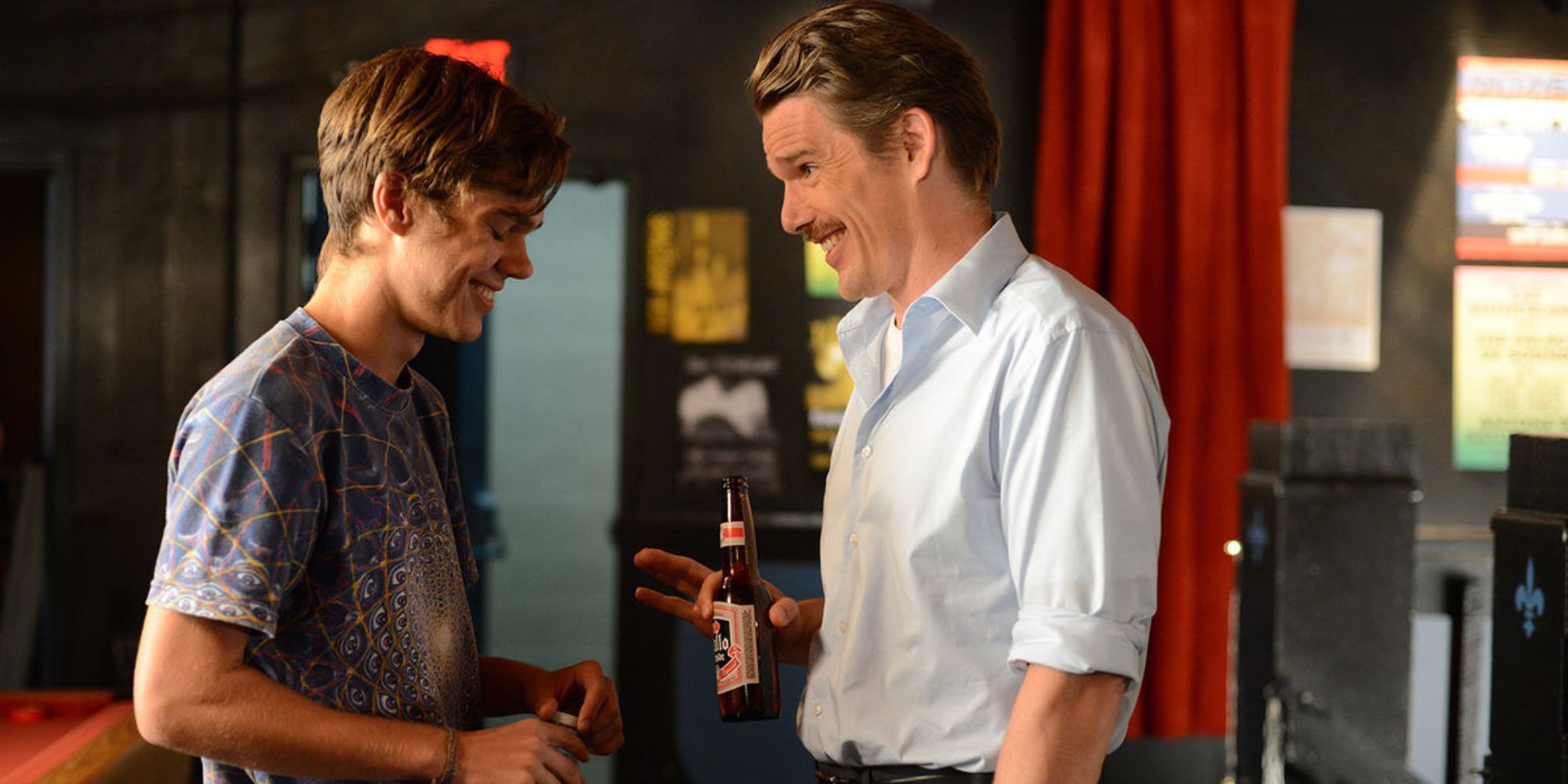
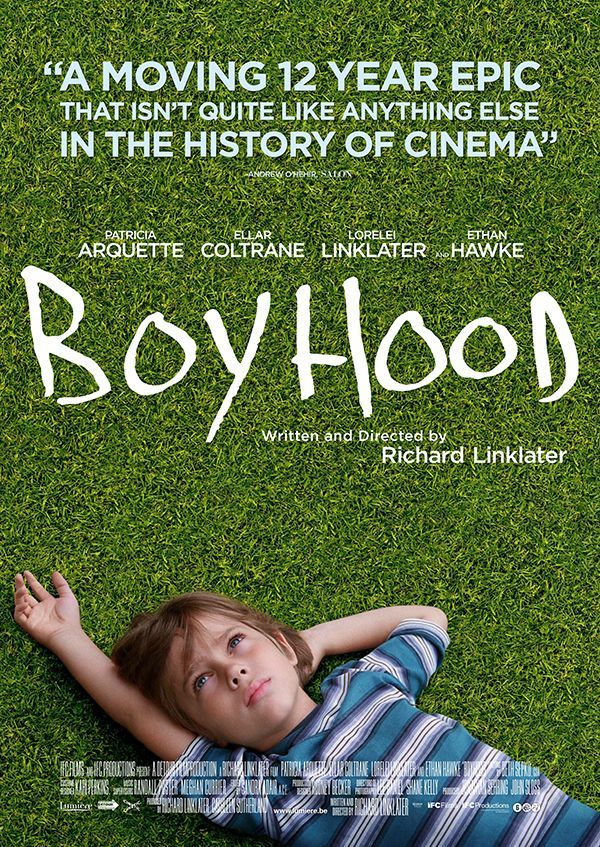
.jpg)
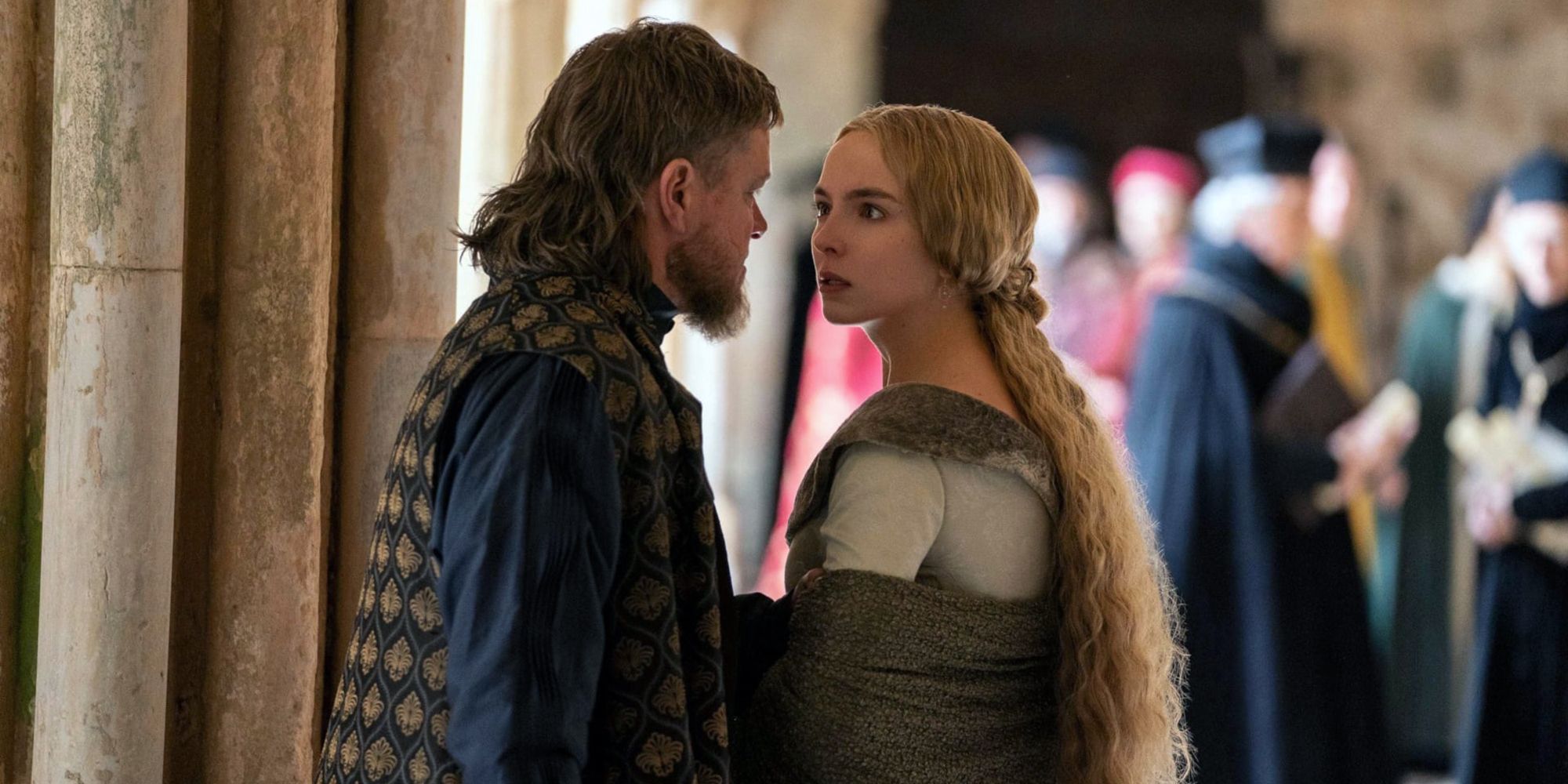

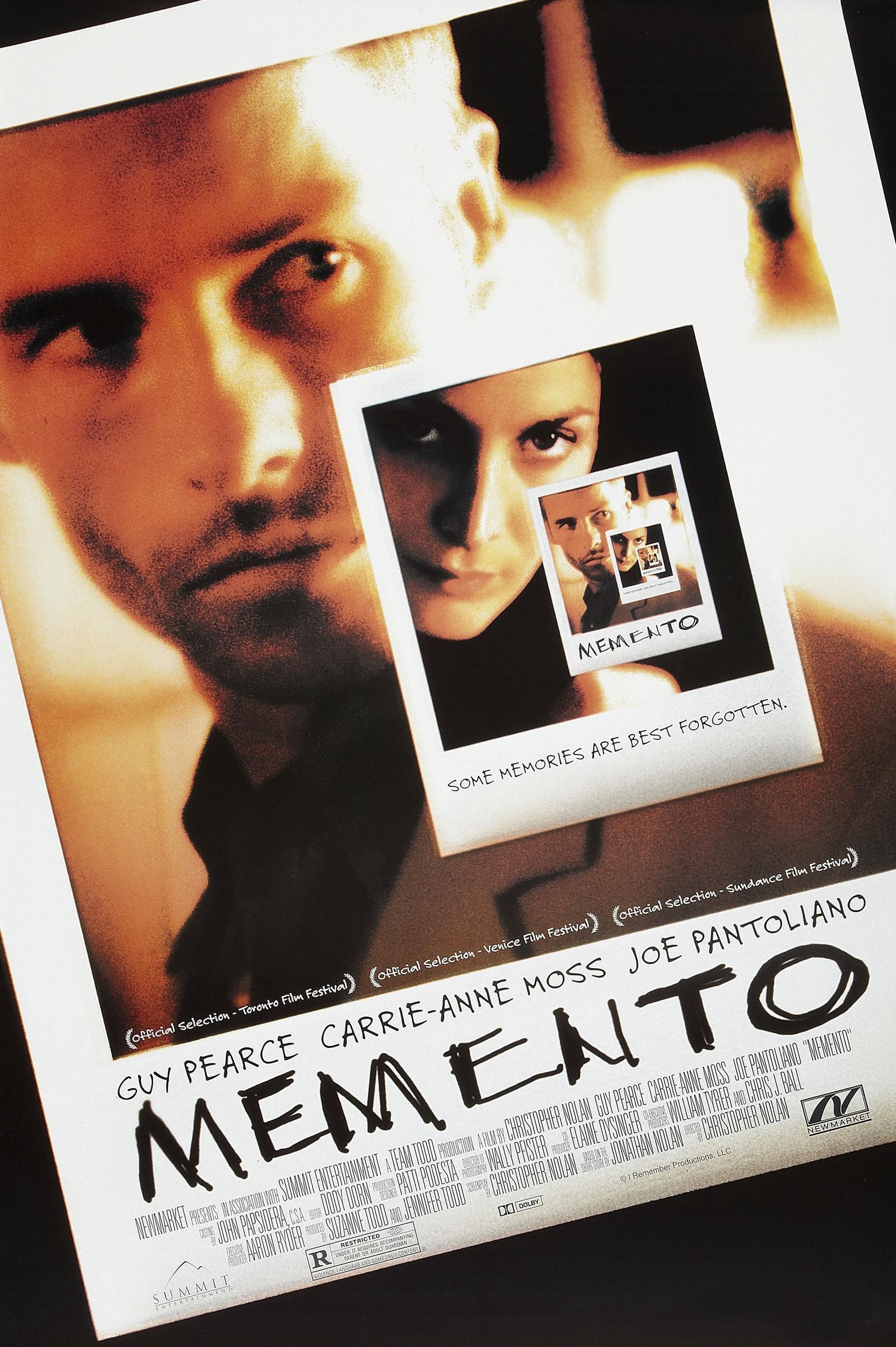
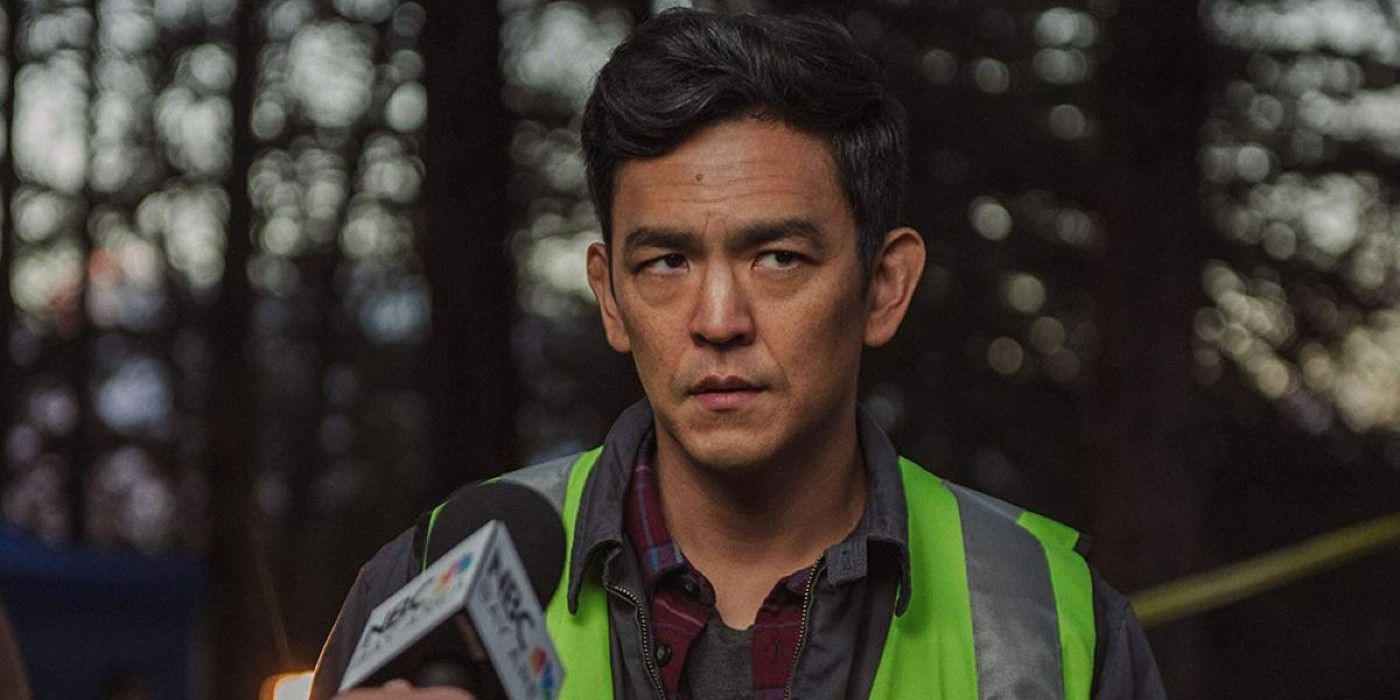

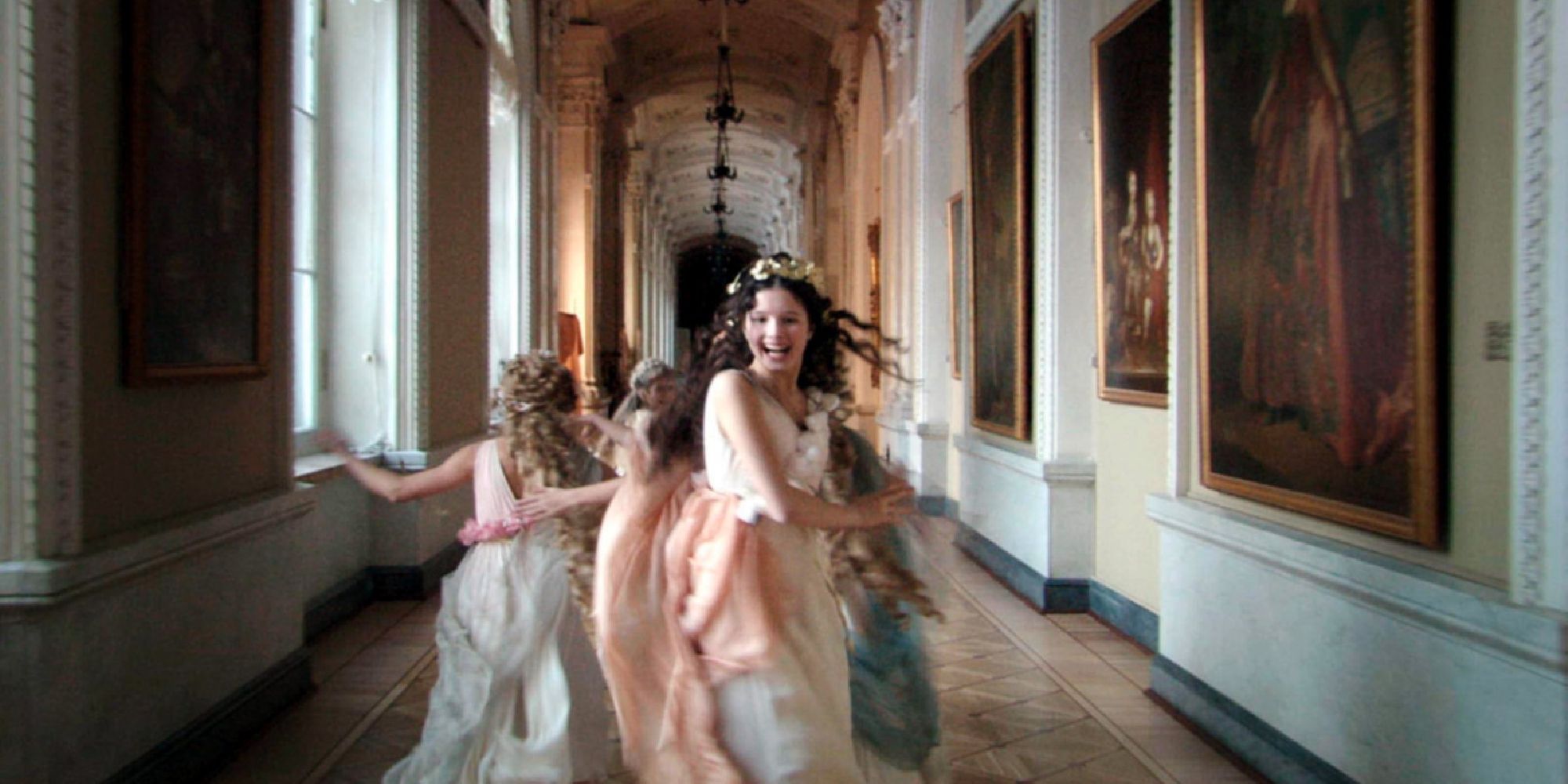
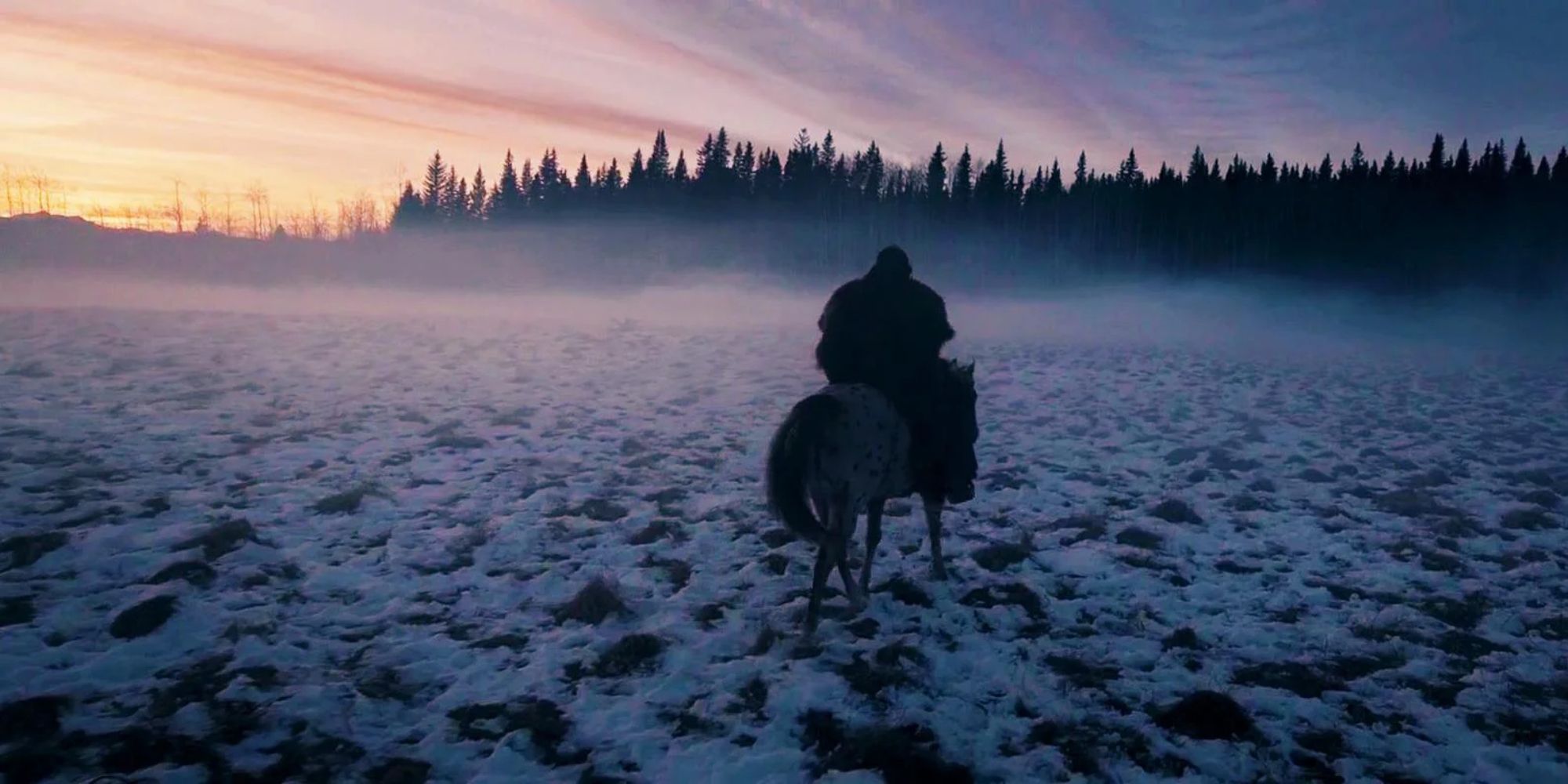
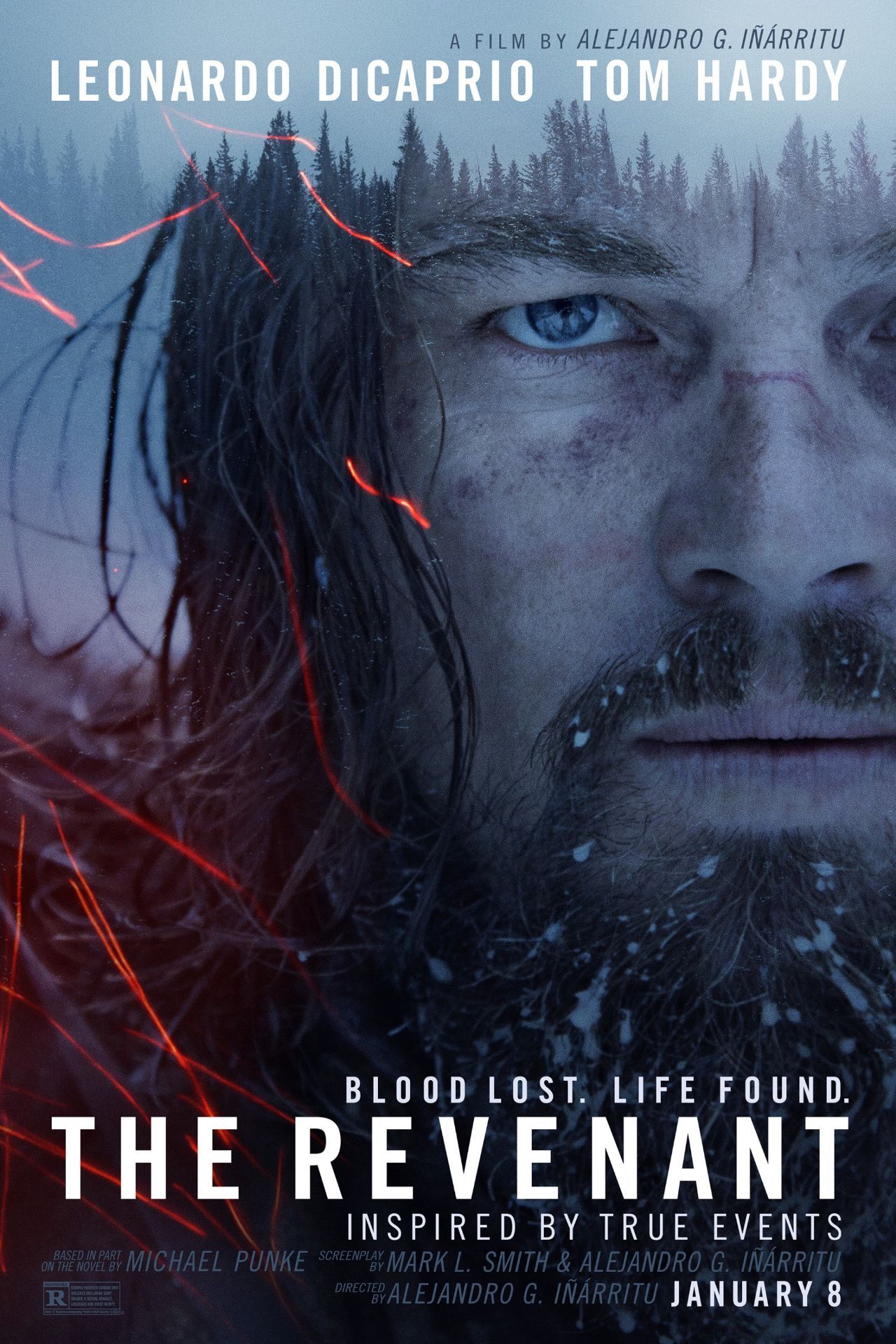
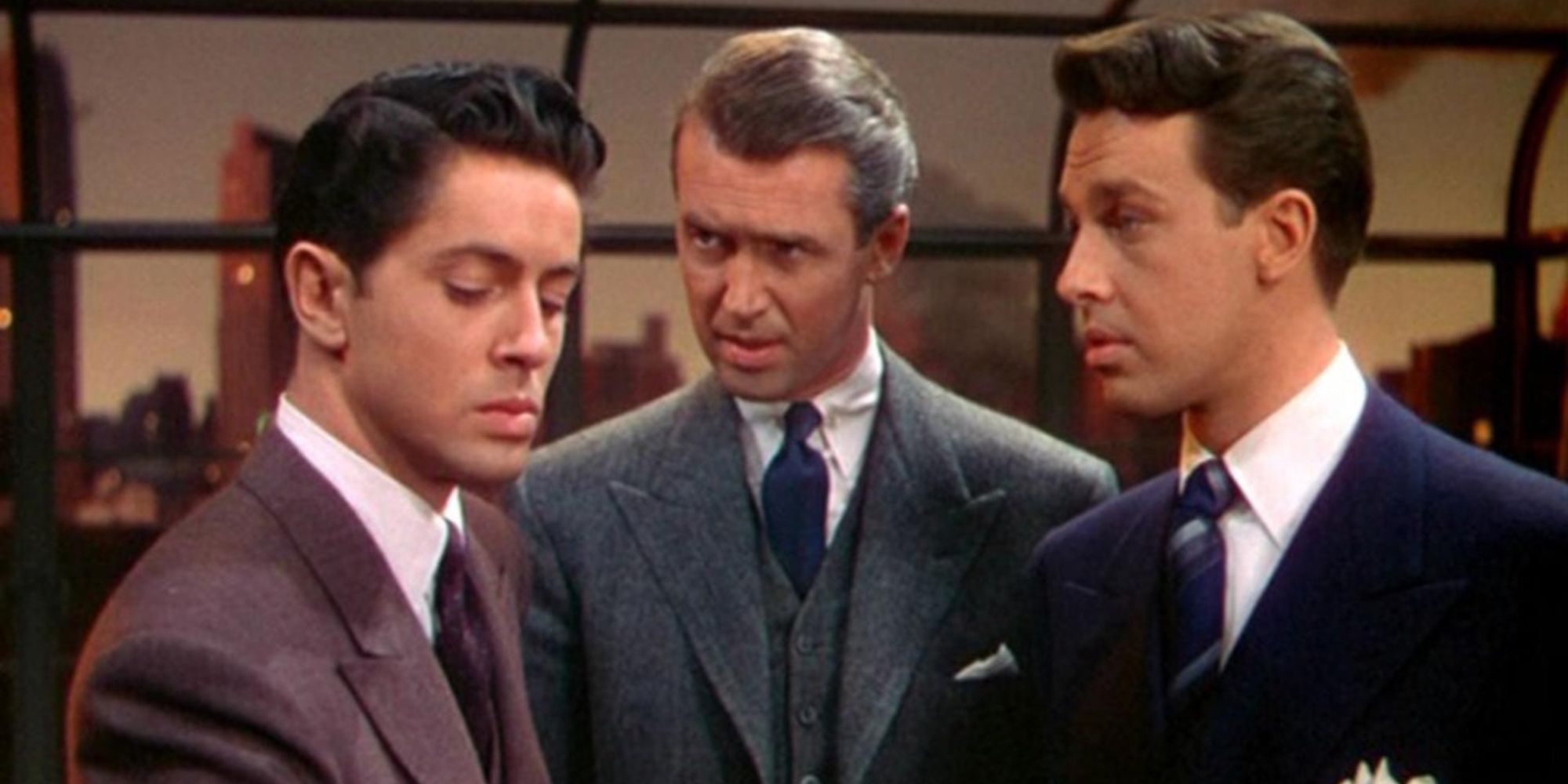
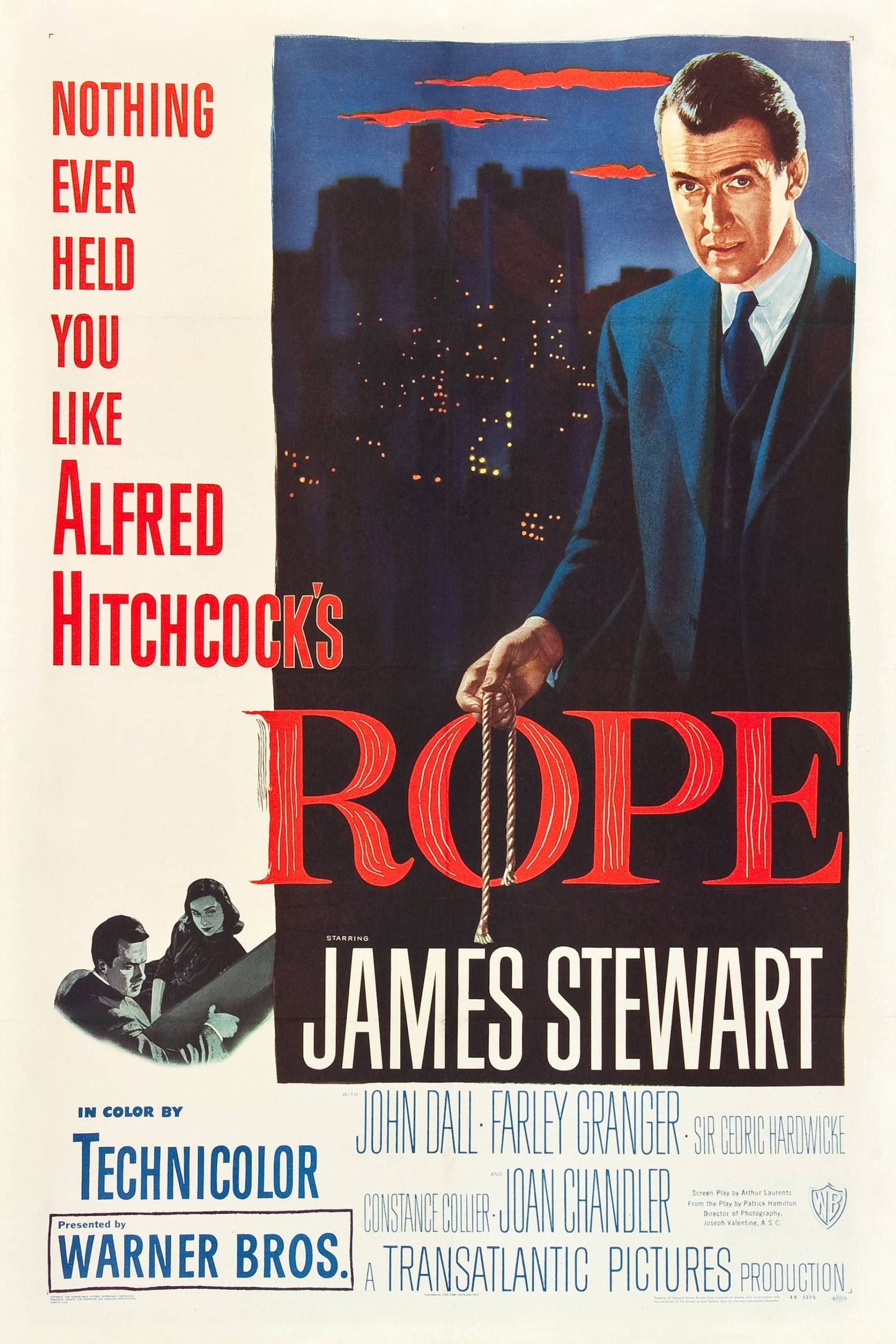

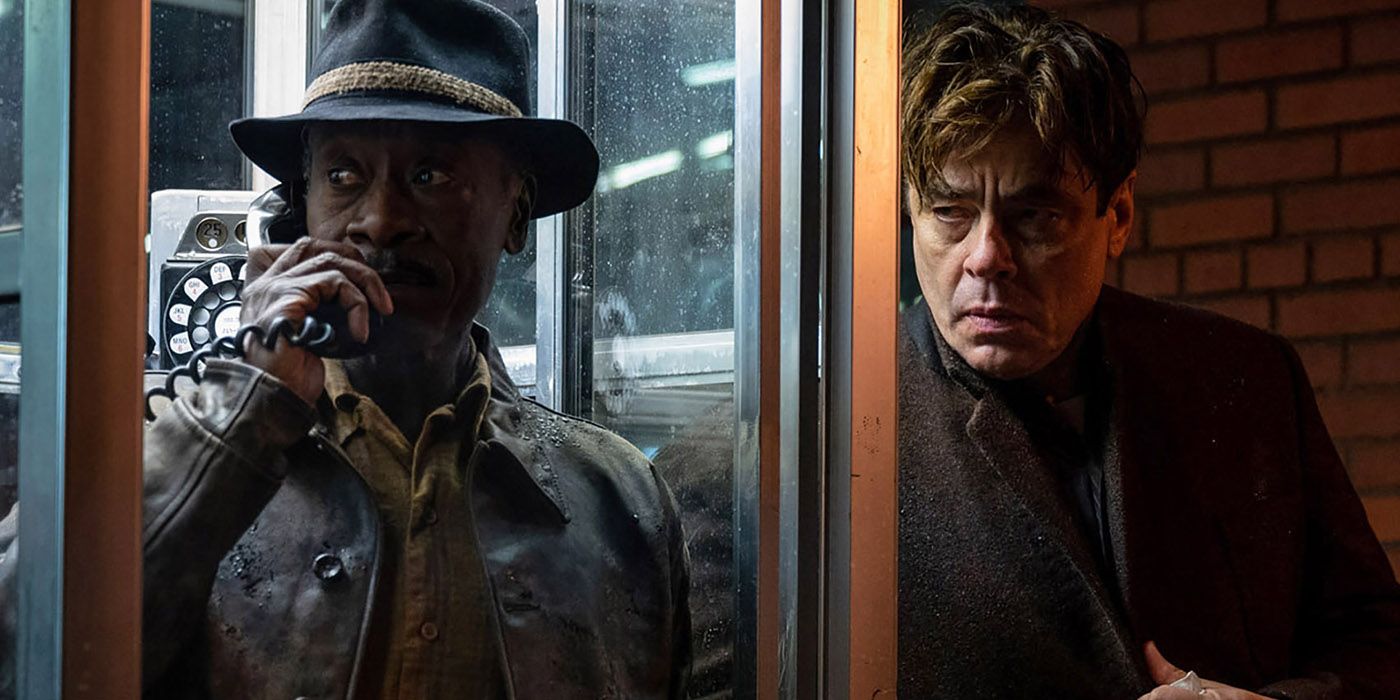
.jpg)
